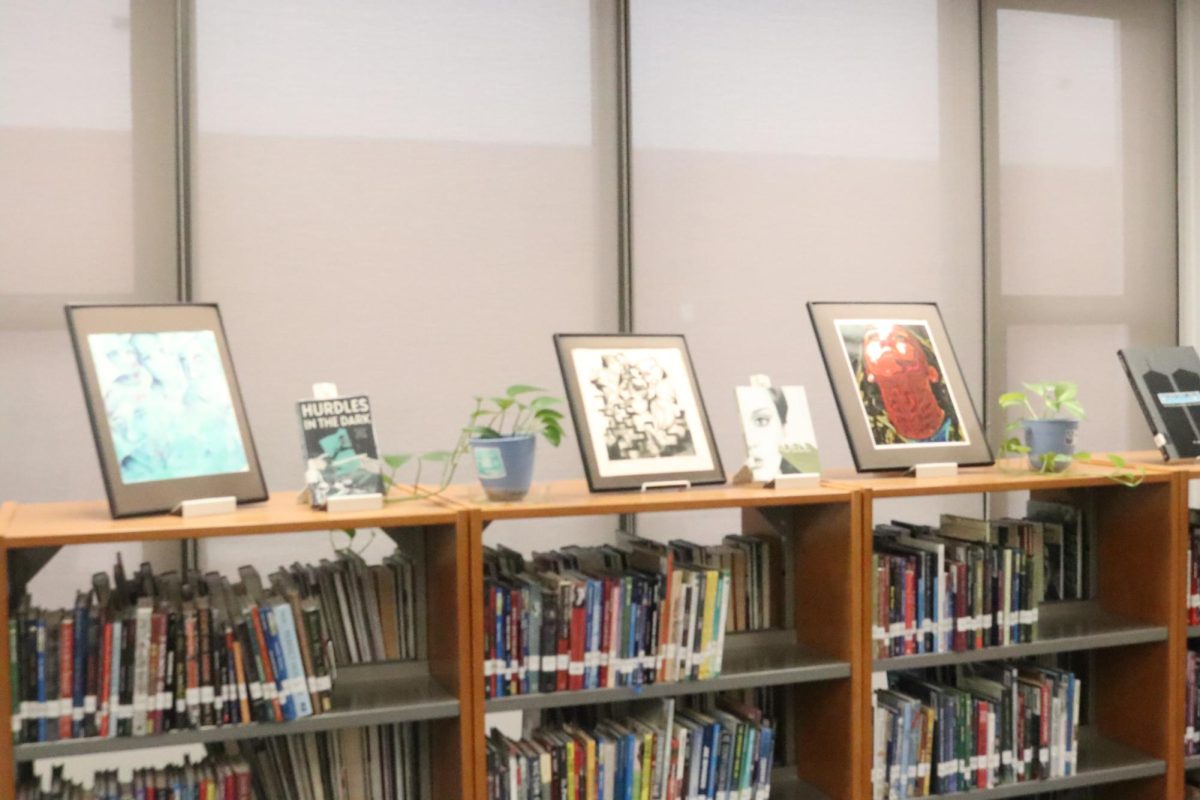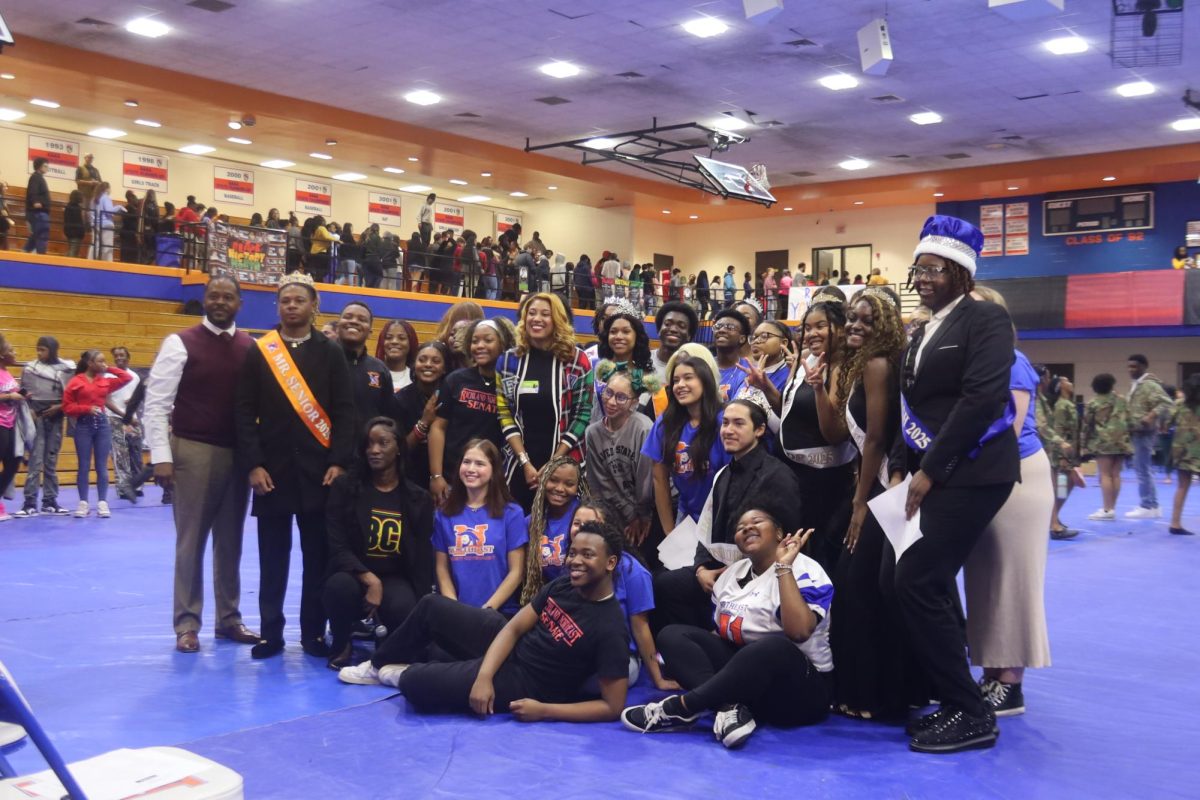2%.
Out of an estimated 900,000 South Carolina residents who voted in the recent 2024 Presidential Primary, approximately 2% were under the age of 25. That’s 18,000 voters who fall into the category of youth voters. In comparison, there are over 320,000 South Carolina residents between the ages of 20-24. South Carolina has a history of low youth voter turnout. In 2022, only 18.4% of eligible youth voters cast their ballot. T.J. Lundeen, the director of public information and outreach at the South Carolina Election Commission (SCEC), says he is working to change that.
 T.J. Lundeen, speaking to student journalists. Lundeen is the director of public information and outreach at the South Carolina Election Commission, and is focusing on increasing youth voter turn out. (Alyssa Amaker)
T.J. Lundeen, speaking to student journalists. Lundeen is the director of public information and outreach at the South Carolina Election Commission, and is focusing on increasing youth voter turn out. (Alyssa Amaker)
“Voting shapes the future,” Lundeen encourages SC youth ages 18-25 to educate themselves on ballot candidates and align their vote with the beliefs that suit them best. pic.twitter.com/9OURvTYAii
— The Saber (@RNESaber) March 2, 2024
Director of public information and outreach at the South Carolina Election Commission T.J. Lundeen is holding a press conference to raise awareness about youth voting with the 2024 Presidential Primaries and upcoming fall election. pic.twitter.com/wGQaXLCN6b
— The Saber (@RNESaber) March 2, 2024
Lundeen spoke at length about the different strategies his team uses to try and encourage youth voter turn out.
“We’ve tried to create some buzz using college sports. We put our branding and our information out at University of South Carolina football and basketball games, Clemson university, the Citadel. Part of my job since last year is to go even younger from the college age. Into the high schools, to make sure that even before you’re of voting age, you understand that it’s something important.” Lundeen said.
As part of this effort, the SCEC has visited several high schools across the state, including Blythewood High School. They have plans to visit several Lexington District 1 schools in the upcoming week.
Lundeen admitted that the SCEC hasn’t yet reached their full capability when it comes to connecting with Title I schools, like RNE.
“We’re getting there. We just started our outreach campaign…. I live around the corner from Richland Northeast, and the school is on our list. We have to get permissions, some from the principal level, others from the district level. We’ve reached out to every school in the state, and we’re just trying to get them on the calendar.”
Another one of Lundeen’s priorities when working with the SCEC is to increase voter representation among minority groups.
“I think there’s a disconnect. I think there’s a lack of representation. And that’s hard. You have to get a candidate who comes out and says ‘I’m someone you can trust, I’m someone to represent you’ and that’s been very difficult in South Carolina to see that with different minority groups.”
That disconnect is clear. In the 2022 election, 77.3% of all voters were white, despite making up only 68.9% of the population.
Sabreen Akram, a vendor at Soda City, runs a stand with the help of her 16 year-old daughter. Akram said that she has hope for the future.
“I think with social media, the youth will get the word out. I take my daughter with me when I vote, I try to prep her.”
There are multiple resources available to voters in South Carolina.










